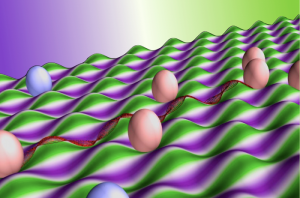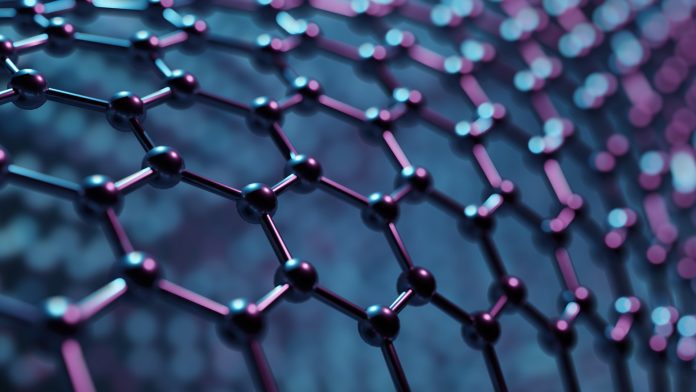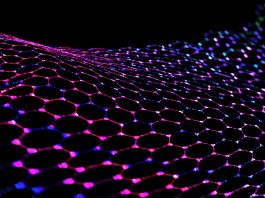Rice University scientists suggest that producing graphene on a gently textured undulating surface can lead to the creation of a minute electromagnetic field.
Rice University scientists have created a concept where graphene can be utilised to generate two-dimensional electronics through a minute electromagnetic field.
As a result, the scientists suggest that producing atom-thick graphene on a gently textured surface that creates peaks and valleys in the sheets can in turn, convert them into ‘pseudo-electromagnetic’ devices. The channels create their own minute but detectable magnetic fields.
According to a study by Materials Theorist Boris Yakobson, Alumnus Henry Yu, and Research Scientist Alex Kutana, at Rice’s George R Brown School of Engineering, these could facilitate nanoscale optical devices such as converging lenses or collimators.
Their study appears in the American Chemical Society’s Nano Letters.
Valleytronics
Additionally, they also promise a way to achieve the Hall effect — a voltage difference across the strongly conducting graphene —that could facilitate valleytronics applications, which manipulate how electrons are trapped in ‘valleys’ in an electronic band structure.
Valleytronics is an experimental area in semiconductors that exploits local extrema (valleys) in the electronic band structure. Valleytronics may relate to spintronics, as the device’s memory bits are defined by an electron’s quantum spin state. However, in valleytronics, electrons have degrees of freedom in the multiple momentum states (or valleys) they occupy.
Graphene to produce an small-scale electromagnetic field
This conversion is possible because graphene, while it may be one of the strongest known structures, is pliable enough to adhere to a surface during chemical vapor deposition.
“Substrate sculpting imparts deformation, which in turn alters the material electronic structure and changes its optical response or electric conductivity,” explained Henry Yu, a Postdoctoral Researcher at Lawrence Livermore National Laboratory. “For sharper substrate features beyond the pliability of the material, one can engineer defect placements in the materials, which creates even more drastic changes in material properties.”

Boris Yakobson, the Karl F Hasselmann Professor of Materials Science and Nanoengineering, compared the process to depositing a sheet of graphene on an egg crate. The bumps and undulating surface of the crate deform the graphene, stressing it in a way that creates an electromagnetic field, without the requirement of an electrical or magnetic input.
“The endless designs of substrate shapes allow for countless optical devices that can be created, making possible 2D electron optics,” Yakobson concluded. “This technology is a precise and efficient way of transmitting material carriers in 2D electronic devices, compared to traditional methods.”





